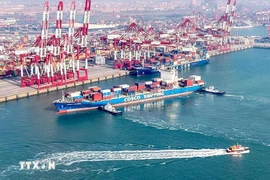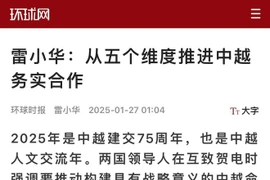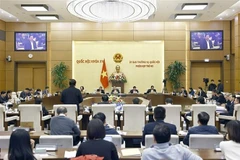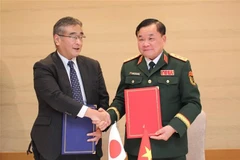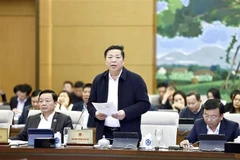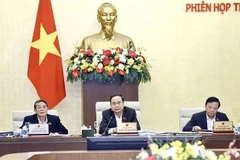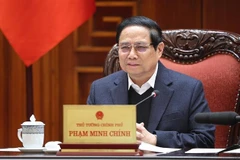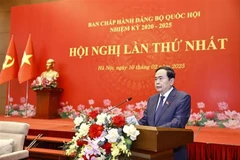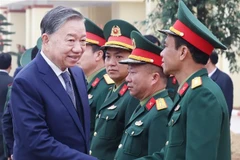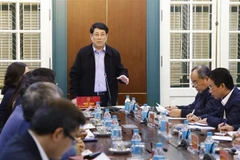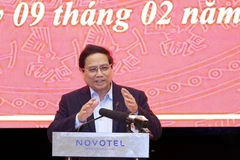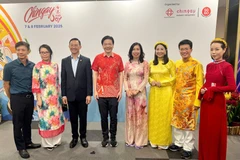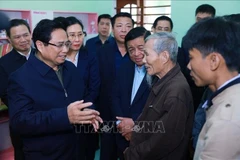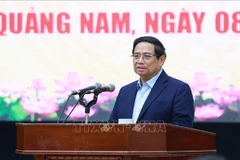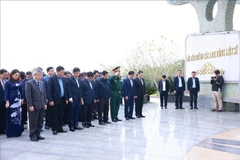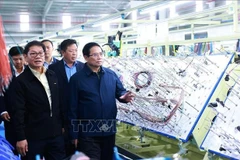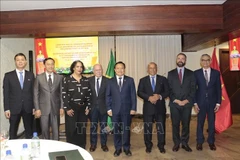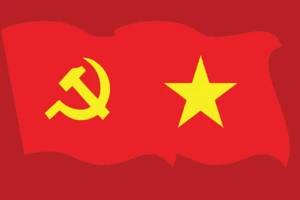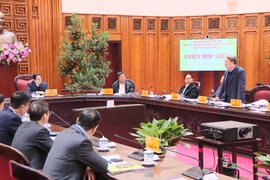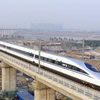Beijing (VNA) - Vietnam-China relations are at their most prosperous period in history, marked by the two nations entering a new era of building a China-Vietnam community with a shared future that carries strategic significance, said a Chinese scholar.
The joint pursuit of the six major directions continues to deepen and materialise, Lei Xiaohua, Deputy Director of the Institute of Southeast Asian Studies under the Guangxi Academy of Social Sciences, said in a recent interview with the Vietnam News Agency on the 75th anniversary of diplomatic ties.
He highlighting the achievements and future potential of bilateral cooperation between the two countries, saying the friendship between Vietnam and China, cultivated by generations of leaders and widely supported by both countries' people, must be passed down and adapted to modern times to further strengthen bilateral ties.
High-level exchanges between the two nations remain frequent, and cooperation has yielded remarkable results, particularly in trade. China is Vietnam's largest trading partner, while Vietnam is China's biggest ASEAN trading partner. Bilateral trade has exceeded 200 billion USD for four consecutive years.
The scholar pointed to two key areas for enhanced collaboration. First, infrastructure connectivity, particularly accelerating the construction of a cross-border standard-gauge railway linking Vietnam and China. The Vietnam-China intergovernmental agreement, signed on December 10, 2024, outlines three railway routes: Lao Cai-Hanoi-Hai Phong, Lang Son-Hanoi, and Mong Cai-Ha Long-Hai Phong. Once completed, these routes will reduce logistics costs, enhance regional industrial competitiveness, and attract investment, facilitating the Hanoi-Nanning Economic Corridor.
The second area of focus is emerging industries, particularly the green economy, digital economy, and high-tech manufacturing. These sectors are pivotal to Vietnam’s ambition of achieving high-income status with a modern industrial base by 2030 and a fully developed economy by 2045. They also play a crucial role in fostering sustainable and high-quality economic growth.
He also highlighted China’s advantages in technology, capital, and human resources in green and digital economies, which align with Vietnam’s market needs. As General Secretary of the Communist Party of Vietnam To Lam stated, Vietnam is preparing for the 14th National Party Congress, striving for a prosperous, strong, democratic, fair, and civilised society while drawing lessons from China’s development experience.
Recent years have seen extensive Vietnam-China cooperation in clean energy projects, including solar, wind, waste-to-energy, and hydropower, fostering renewable energy development and green technology sharing. A notable example is the Soc Son Waste-to-Energy Plant in Hanoi, launched in July 2022 at the city’s main landfill. Once operational, it supplied over 10% of Hanoi’s electricity and processed 70% of its daily waste, significantly improving environmental conditions.
Another notable collaboration, the Gia Lai Wind Power Project, features advanced high-capacity wind turbines designed for maximum efficiency with minimal land use. Compared to coal-fired plants of similar scale, it reduces carbon dioxide emissions by approximately 897,000 tons annually, making a substantial contribution to emissions reduction efforts.
Cross-border e-commerce is also thriving, with livestreaming becoming a booming sector in both countries. Many young Vietnamese entrepreneurs have traveled to China, particularly Guangxi, to study livestreaming techniques for e-commerce platforms. These experiences have helped them build strong followings, with many emerging as influential figures in Vietnam’s digital economy./.


